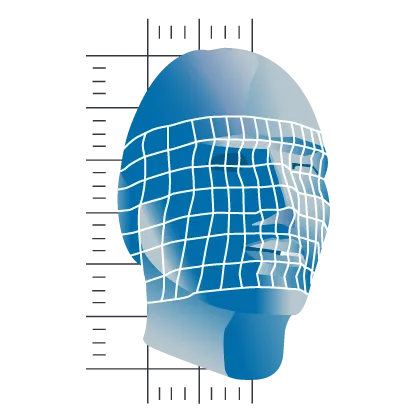Electroencephalogram (EEG) Testing


Introduction
Electroencephalogram (EEG) is a non-invasive test that measures the electrical activity of the brain. EEG testing is commonly used to diagnose and monitor a variety of neurological conditions, such as seizures, epilepsy, and sleep disorders. In this article, we will explain what EEG testing is, how it works, and what to expect during the test.
What is EEG testing?
EEG testing is a procedure that involves attaching electrodes to the scalp to detect and record the electrical activity of the brain. The electrodes are connected to an EEG machine, which amplifies and records the brainwaves.
How does EEG testing work?
The brain produces electrical signals constantly, even when a person is asleep. EEG testing measures these signals and records them as patterns on a graph. The patterns of brainwaves can reveal information about brain function, such as the presence of seizures, abnormal sleep patterns, and other neurological conditions.
How Do I Prepare For My EEG Test?
Preparing for an EEG (Electroencephalogram) test is relatively simple and straightforward. Here are some steps you can take to prepare for an EEG test:
- Talk to your healthcare provider: Before undergoing an EEG test, it is important to speak with your healthcare provider to understand the purpose of the test, what it entails, and any specific instructions or precautions you need to follow.
- Wash your hair: To ensure the electrodes used during the test adhere well to your scalp, it is recommended that you wash your hair the night before or the morning of the test. Do not apply any hair products, such as gel or hairspray, as they can interfere with the test results.
- Avoid caffeine: Caffeine can affect the brain's electrical activity and interfere with the EEG test results. It is recommended that you avoid consuming caffeine for at least eight hours before the test.
- Take medications as usual: If you take medications, it is important to continue taking them as prescribed, unless instructed otherwise by your healthcare provider.
- Inform the technician of any allergies or skin sensitivities: If you have any allergies or skin sensitivities, inform the EEG technician before the test to ensure that the adhesive used to attach the electrodes does not cause any adverse reactions.
- Dress comfortably: Wear loose-fitting clothing that allows easy access to your scalp. Avoid clothing with metal zippers, buttons, or snaps, as they can interfere with the EEG test results.
- Arrive on time: Be sure to arrive at the testing facility on time, as being late may result in rescheduling the test.
By following these simple steps, you can prepare yourself for an EEG test and help ensure accurate results. If you have any further questions or concerns, be sure to discuss them with your healthcare provider or the EEG technician.

What happens during an EEG test?
Before the test, the patient is usually asked to avoid caffeine and to sleep well the night before. During the test, the patient will sit or lie down while the electrodes are attached to the scalp using a special adhesive paste or cap. The electrodes are painless and do not penetrate the skin. The patient may be asked to perform specific tasks, such as hyperventilating or flashing lights, to provoke specific brainwave patterns.
The EEG test usually takes 30-60 minutes to complete, and the patient can resume normal activities immediately after the test. The results of the test are interpreted by a neurologist or other trained medical professional.
Conclusion
EEG testing is a valuable tool for diagnosing and monitoring neurological conditions. It is a safe and non-invasive procedure that provides important information about brain function. If you have been recommended to have an EEG test, don't hesitate to ask your healthcare provider any questions you may have about the procedure.
